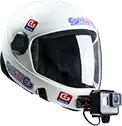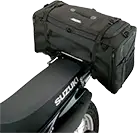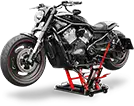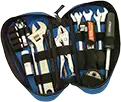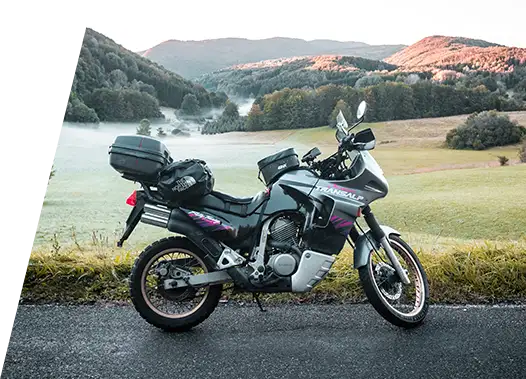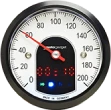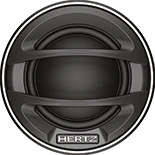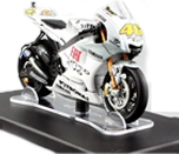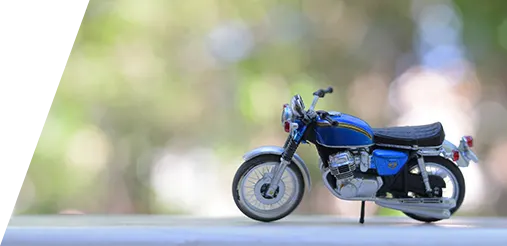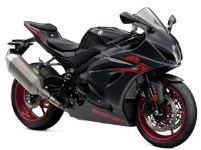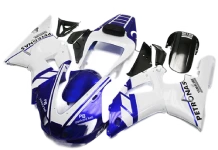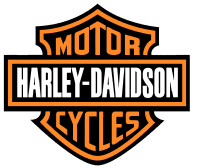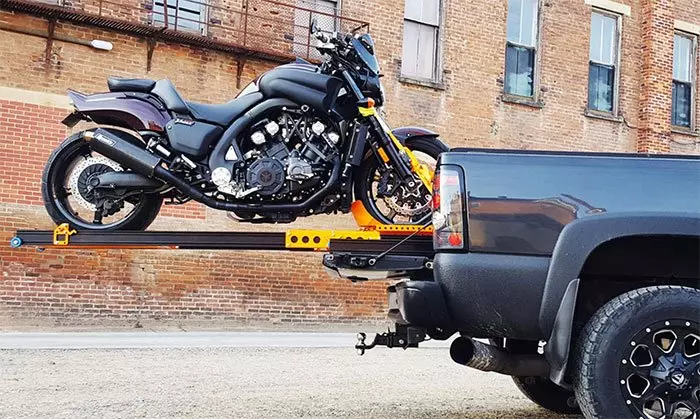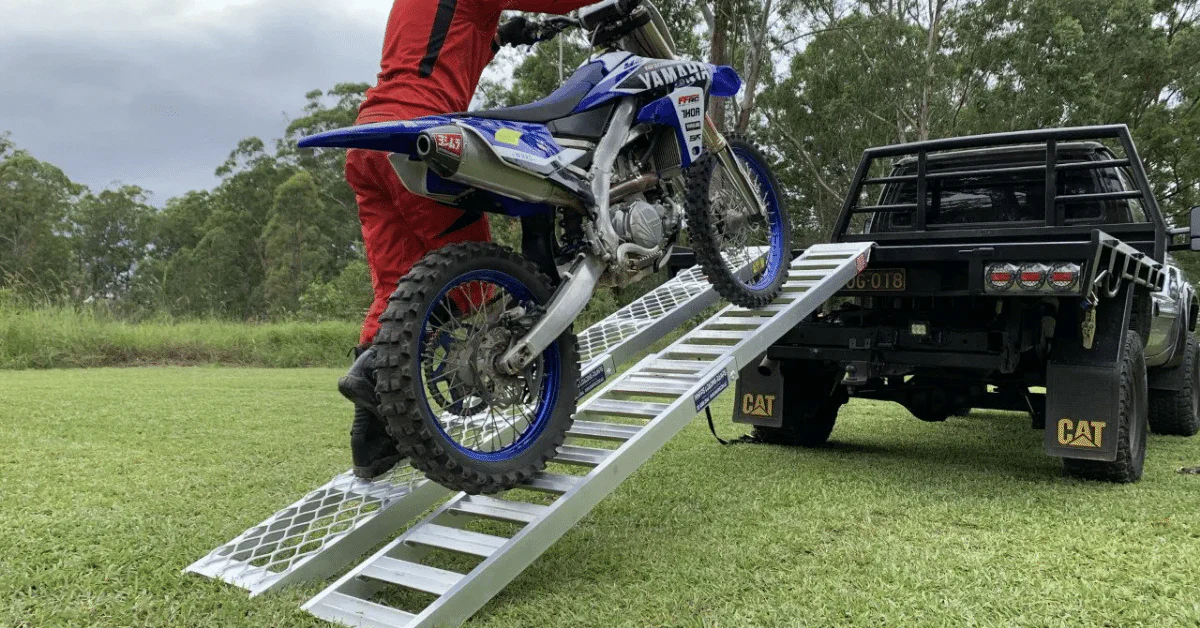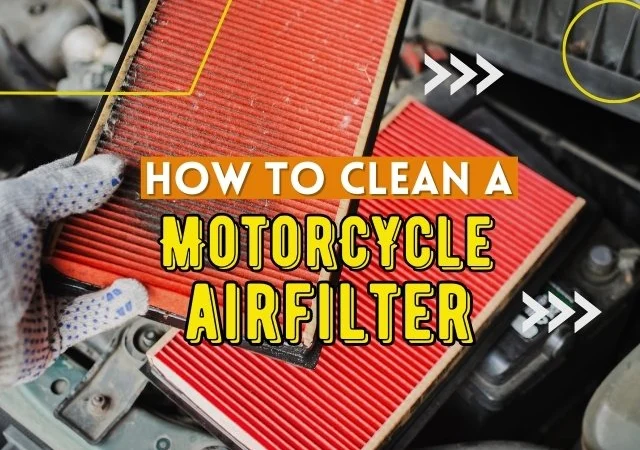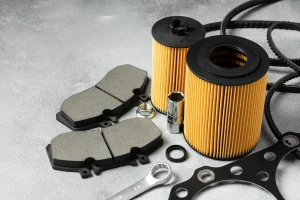Celebrate the 4th of July with AliWheels’ biggest sale of the year! We’re slashing prices by 50% on a vast selection of motorcycle parts, accessories, and gear. Whether you’re a seasoned rider or just starting, this is the perfect time to upgrade your motorcycle and riding experience with high-quality products at unbeatable prices. Here’s what you can expect from our sale:
Major Categories on Sale

Helmets:
-
- Full-Face Helmets: Experience ultimate protection and style with top brands like Shoei, Arai, and Bell.
- Open-Face Helmets: Enjoy the freedom of open-face helmets, perfect for city rides and short trips.
Riding Jackets:
-
- Leather Jackets: Durable and stylish, offering excellent protection and comfort.
- Textile Jackets: Versatile and lightweight, ideal for all-weather riding.
Gloves:
-
- Summer Gloves: Lightweight and breathable for warm weather.
- Winter Gloves: Insulated and waterproof, keeping your hands warm and dry.
Boots:
-
- Riding Boots: High-quality protection for your feet with top brands like Alpinestars and Sidi.
- Adventure Boots: Perfect for long rides and rugged terrain.
Parts and Accessories:
-
- Exhaust Systems: Enhance performance and sound with premium exhausts.
- Saddlebags: Increase your storage capacity with stylish and durable saddlebags.
- Performance Upgrades: Boost your bike’s performance with top-notch parts.
and much more!
Special Deals
- Helmet Packages: Get additional discounts when you buy a helmet with a matching jacket.
- Gear Sets: Save more when you purchase complete riding gear sets, including jackets, gloves, and boots.
- Custom Parts: Exclusive discounts on custom parts and accessories to personalize your ride.
Why Shop at Ali Wheels?

- Wide Selection: We offer an extensive range of products from top brands.
- Quality Assurance: All our products are guaranteed to meet high standards of quality and performance.
- Expert Advice: Our knowledgeable staff is always ready to help you find the perfect parts and accessories for your needs.
- Customer Satisfaction: We prioritize your satisfaction with exceptional customer service and easy returns.
Tips for Shopping the 4th of July Sale
- Plan Ahead: Make a list of the items you need to ensure you get the best deals.
- Visit Early: Popular items sell out fast, so visit our store or shop online early to secure your purchases.
- Take Advantage of Bundles: Look for bundled deals to save even more on essential gear and parts.
- Ask for Help: Our staff is here to assist you with any questions or recommendations.
Customer Testimonials

- John D.: “Ali Wheels has the best deals on riding gear. I got a full-face helmet and a leather jacket at half price. Highly recommend shopping here during the 4th of July sale!”
- Sarah L.: “I upgraded my bike’s exhaust system and added new saddlebags for a fraction of the cost. Ali Wheels never disappoints.”
Dive Deeper Into the Sale
In addition to the major categories highlighted, let’s explore some of the special items and best sellers that you can snag at half price this 4th of July:
Popular Helmets
Shoei RF-1400 Full-Face Helmet: Known for its advanced aerodynamics, noise reduction, and superior fit, this helmet is a top choice for serious riders. Get it now for just half of its original price.
Bell Custom 500 Open-Face Helmet: This helmet offers a classic look with modern safety features. It’s perfect for riders who prefer an open-face design without compromising on protection.
Top-Selling Jackets
Alpinestars GP Plus R V3 Leather Jacket: This high-performance jacket provides excellent abrasion resistance and a comfortable fit. It’s a favorite among sport riders and now available at an unbeatable price.
Rev’It! Sand 4 H2O Jacket: Ideal for adventure touring, this jacket offers versatility with its multi-layer construction. Stay comfortable and protected in various weather conditions while enjoying a 50% discount.
Must-Have Gloves
Dainese 4 Stroke 2 Gloves: These gloves offer top-notch protection with their stainless steel knuckles and reinforced leather palms. Perfect for both street and track use, now available at a fraction of the cost.
Held Air N Dry Gloves: These innovative gloves feature a dual chamber system, allowing you to switch between waterproof and breathable settings. Enjoy maximum comfort and protection at an incredible discount.
Essential Boots
Alpinestars Tech 7 Boots: These motocross boots are renowned for their durability, flexibility, and protective features. Now available at half price, they are a must-have for serious off-road riders.
Sidi Adventure 2 Gore-Tex Boots: Perfect for long-distance touring, these boots offer waterproof protection and exceptional comfort. Grab them now at an unbeatable price.
Performance Parts and Accessories
Akrapovic Exhaust Systems: Upgrade your bike’s performance and sound with these premium exhausts. Known for their quality and performance gains, they are now available at a 50% discount.
Givi Saddlebags: These durable and spacious saddlebags are perfect for long trips, providing ample storage for your gear. Enhance your bike’s touring capabilities at half the price.
K&N Performance Air Filters: Improve your bike’s airflow and horsepower with these top-quality air filters. Enjoy enhanced performance and fuel efficiency at a discounted rate.
Custom Parts and Unique Accessories
For riders looking to add a personal touch to their bikes, Ali Wheels offers a range of custom parts and accessories. From unique handlebars to custom seats and decorative decals, you’ll find everything you need to make your bike stand out. Take advantage of our special 50% off deals on custom parts and give your motorcycle a unique flair.
Making the Most of the 4th of July Sale
To ensure you get the best deals and make the most out of your shopping experience at Ali Wheels, follow these tips:
Create a Shopping List: Before you start shopping, make a list of the items you need or want. This will help you stay focused and avoid missing out on essential deals.
Set a Budget: Determine how much you’re willing to spend and stick to it. Our 50% off deals make it easy to get more for your money, but it’s always wise to set a spending limit.
Check Compatibility: Ensure that the parts and accessories you’re purchasing are compatible with your motorcycle. If you’re unsure, our staff is always available to help with recommendations and compatibility checks.
Take Advantage of Bundles: Look for bundle deals to maximize your savings. Purchasing gear sets or performance upgrade packages can provide additional discounts beyond the 50% off.
Read Reviews: If you’re new to a particular brand or product, take the time to read reviews and customer feedback. This can help you make informed decisions and choose the best products for your needs.
Wrapping Up!
This 4th of July, Ali Wheels is your go-to destination for unbeatable deals on motorcycle parts, accessories, and gear. With 50% off on a wide range of products, it’s the perfect time to upgrade your riding experience. Whether you’re looking for helmets, jackets, gloves, boots, or performance parts, we have everything you need to hit the road in style and safety.
Don’t miss out on these limited-time offers. Visit us in-store or online at Ali Wheels to take advantage of our 4th of July sale. Our knowledgeable staff is ready to assist you with any questions and help you find the perfect products for your needs.
Happy 4th of July!
For more information and to browse our deals, visit Ali Wheels.























